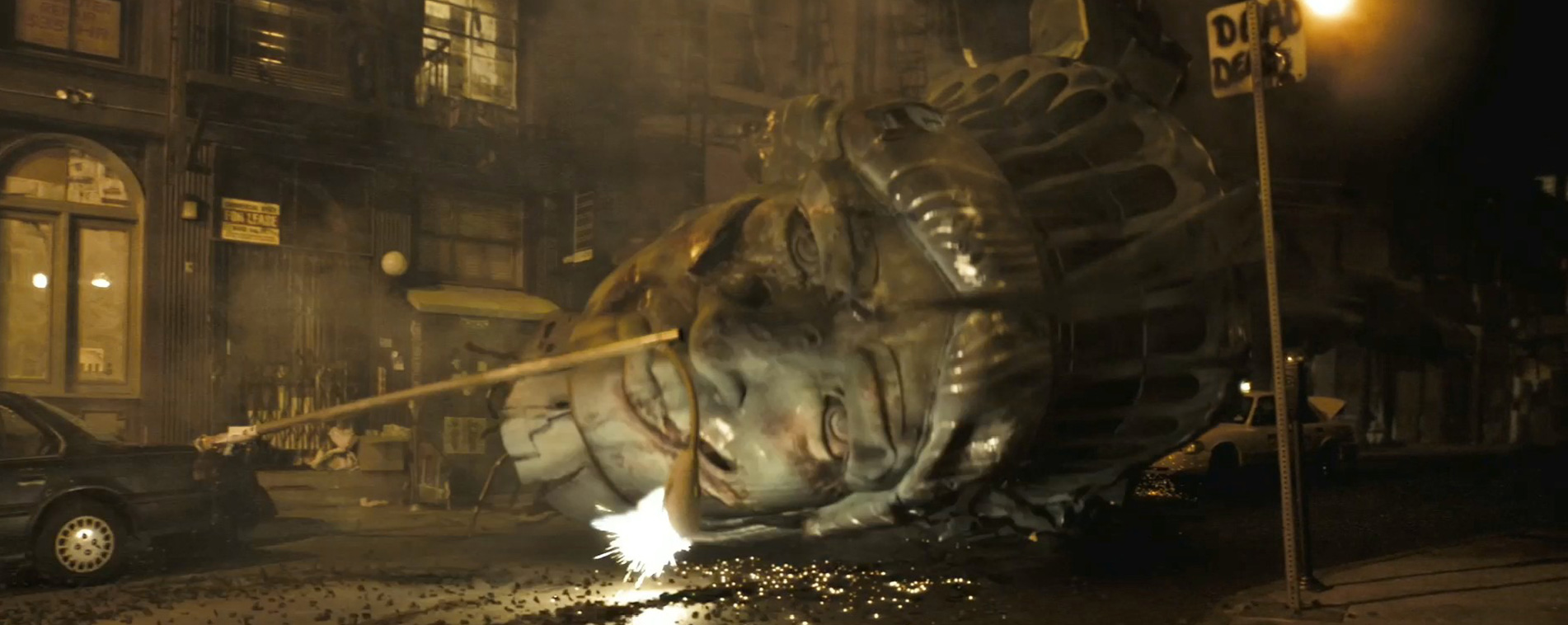
Cloverfield’s Paradox – How Viral Marketing can Help and Hurt a Product.
Eleven years ago, fans piled into theaters to see their favorite childhood toys turned blockbuster film in Transformers. Two hours later, many viewers left theaters talking about one thing, but it had nothing to do with Michael Bay’s nuanced take on a sci-fi action film. During the previews, viewers saw a teaser trailer for a film set in New York City shot on a camcorder that concluding in the head of the Statue of Liberty flying down the street and a website: 1-18-08.com. The viral marketing mystery had just begun.
Viral marketing is a marketing technique that uses social network or other technologies to increase brand awareness or create buzz via word of mouth. It’s how Hotmail became one of the biggest email providers in the world in the late 1990s. It’s how Will It Blend? became a hit on YouTube. More recently, it’s how the A.L.S. Ice Bucket Challenge became a worldwide sensation. If a concept is strong and relatable to the masses, it has the potential to go viral and become an overwhelming success.
Campaigns as early as the 1980s into the new millennium, such as the Blair Witch Project (2000), have used this marketing technique to cheaply and effectively create a buzz around their up-and-coming flick. Successful marketing feels organic, special, and most importantly, encourages participation by its target audience; Cloverfield’s mystery trailer did all of that. A website with cryptic puzzles led to character MySpace pages that led to a corporate conspiracy story, with all of these pieces tying into the background of the movie.
People who followed the campaign became engrossed in the film’s universe and passed word of mouth on like wildfire. The buzz went so far the movie opened at the number one box office spot and set a MLK Weekend record in a traditionally barren winter movie landscape. Unfortunately, the film also suffered from one of the major drawbacks of putting all its eggs into a viral marketing campaign: it didn’t make sense to the viewers who weren’t engrossed in its buildup. Non-followers were put-off by the shaky camera filming style and weren’t able to relate to characters who received little to no character development due to the breakneck pace of the movie. While the movie was a rousing opening weekend success, poor word of mouth among casual movie viewers killed the film’s momentum. Cloverfield suffered a nearly 70 percent drop in its second weekend; a less than stellar comparison to its opening weekend record.
What lessons can you take away from this unique film? If you build a mass viral following, you need to go further to draw in the general audience as well. Cloverfield was one of the biggest surprise hits of the late 2000s and gave a unique take on the monster movie genre. Its characters were developed in a unique way outside of the film, its universe was fleshed out and developed, and the movie itself served as a unique documentary of a monster attack, however, it didn’t maintain its continuity in the vacuum of a single film. One could look at its spectacular drop-off in second week box office ratings and call the film a failure, but it still grossed $80 million dollars domestic and over $170 million worldwide on a $20 million budget making it one of the biggest successes in January movie history.
The film also became a huge cult success. With a sequel, 10 Cloverfield Lane (2016), and a 2018 sequel released on Netflix on Super Bowl Sunday, the film’s legacy lives. Although most pieces of the viral campaign are no longer live on the Internet, the ideas behind Cloverfield’s marketing strategies are worth looking at in relation to your own business strategy.

